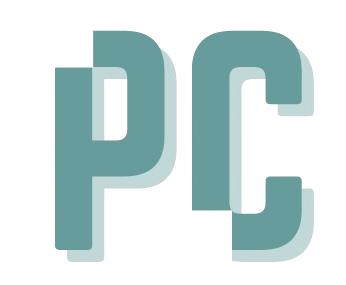Google Lays Off Hundreds Across Android, Pixel, and Chrome Teams in Strategic Restructuring
Google has laid off hundreds of employees across its Android, Pixel, and Chrome divisions in a bid to streamline operations and improve efficiency.
Google has laid off hundreds of employees across its Android, Pixel, and Chrome divisions in a bid to streamline operations and improve efficiency.
Firebase Studio is the all-in-one AI-powered platform to build full-stack apps—front end, back end, and mobile—faster than ever. Discover the future of app development.
Discover Airtable Assistant—your AI-powered tool to build custom apps, analyze data, and uncover insights from documents and the web. Just ask, and let AI do the work.
Vimano has secured ₹25 crore in seed funding, with the round being led by early-stage venture firm Ankur Capital. This funding marks a strong vote of confidence in the potential of applied nanotech solutions emerging from India.
Kopi Kenangan, the Indonesian coffee chain that's taken Southeast Asia by storm, has just opened its very first store in India — marking a bold step in its global expansion strategy. Known for its affordable premium coffee and innovative tech-driven service model, Kopi Kenangan’s arrival signals a fresh jolt of energy in India’s rapidly evolving café culture.
Bengaluru-based venture capital firm 3one4 Capital has led a $10 million funding round in Xindus, a startup aiming to revolutionize global supply chains for Indian exporters.
The Lean Startup Methodology is a revolutionary approach to building and scaling businesses efficiently. Developed by Eric Ries, it emphasizes rapid experimentation, validated learning, and iterative product development to reduce risks and maximize success. In this blog, we’ll break down the key principles of the Lean Startup approach and how you can use it to build a successful business.
When developing a product, choosing the right methodology can significantly impact the success of the project. Two of the most widely used approaches are Agile and Waterfall. Each has its strengths and weaknesses, making them suitable for different types of projects. In this blog, we’ll explore the key differences between Agile and Waterfall and help you determine which is best for your product development needs.
Building a Minimum Viable Product (MVP) no longer requires extensive coding skills. Thanks to no-code tools, entrepreneurs and startups can quickly create functional MVPs, test ideas, and validate market demand—all without writing a single line of code. This approach saves time, reduces costs, and allows for rapid iteration.
Launching a Minimum Viable Product (MVP) is a proven strategy to validate ideas before full-scale development. Many successful companies started with an MVP, gathered user feedback, and iterated to build billion-dollar businesses. Here are some notable case studies of startups that began with an MVP and grew into industry giants.
Tvaster Genkalp raises $1.25 million in funding from Ideaspring Capital to enhance its AI and automation-driven solutions. Learn how this investment will fuel the company's growth.
Lehlah, an influencer commerce startup, secures Rs 12.5 crore in funding led by Nikhil Kamath’s Gruhas. Learn how the investment will shape the future of influencer-driven commerce in India.
Tinder launches "The Game Game," an AI-powered in-app game for iOS users in the U.S., designed to enhance engagement and matchmaking among Gen Z users.
Rapid prototyping is a product development approach that focuses on quickly creating, testing, and iterating product prototypes. It allows businesses, designers, and developers to validate ideas, gather user feedback, and refine their solutions before full-scale development. This approach reduces risks, saves costs, and accelerates the time-to-market for innovative products.
Building a Minimum Viable Product (MVP) is a crucial step for startups and entrepreneurs. However, many fail to execute it correctly, leading to wasted time, money, and effort. To increase your chances of success, it’s essential to understand the most common mistakes in MVP development and how to avoid them.
In the world of startups and product development, the term Minimum Viable Product (MVP) is widely used. An MVP is the most basic version of a product that includes only essential features to satisfy early adopters and gather feedback. It helps businesses validate their ideas with minimal investment, reducing the risks of failure.
